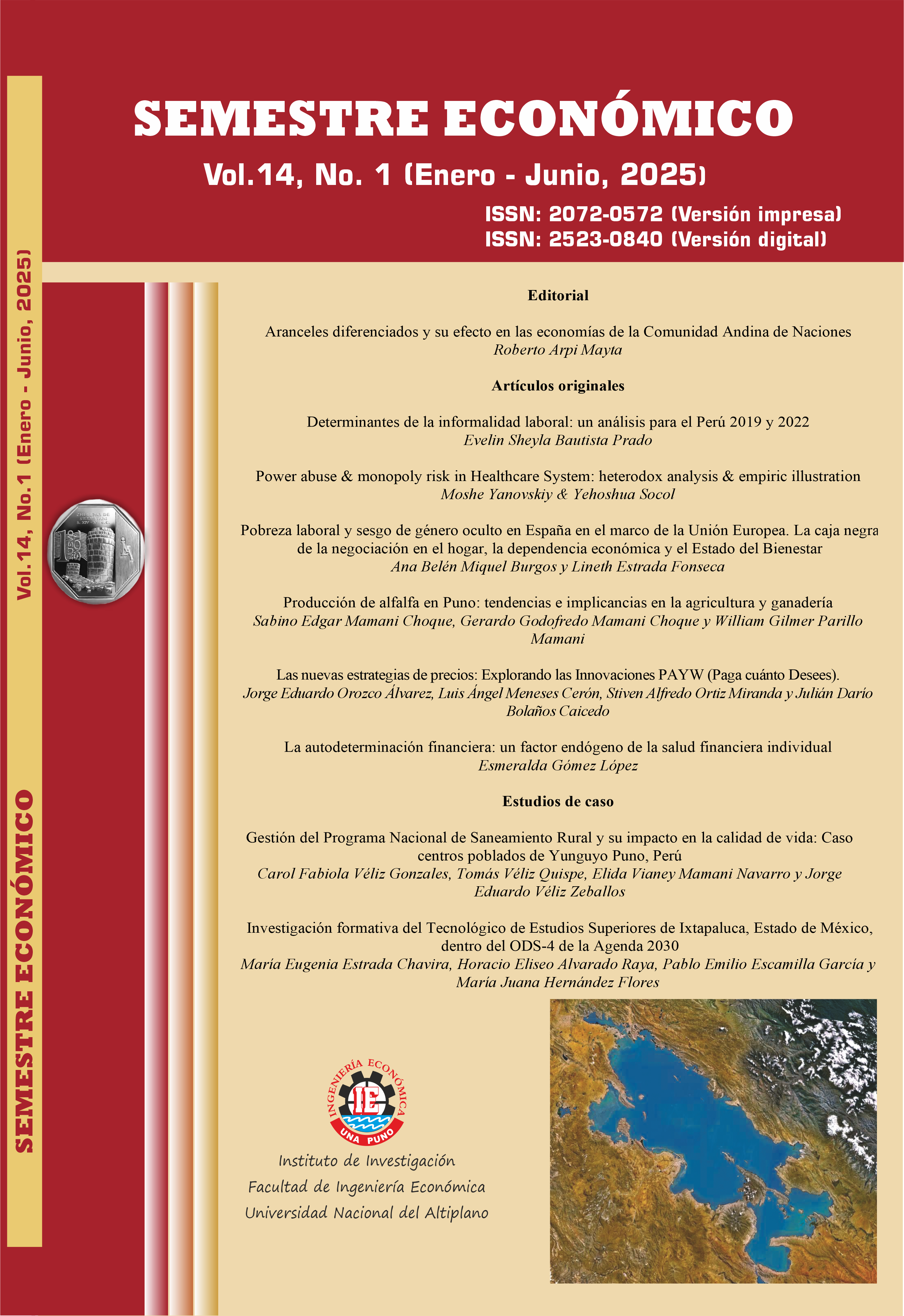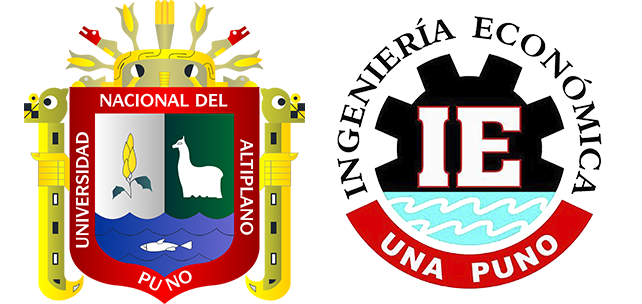Differentiated Tariffs and Their Impact on the Economies of the Andean Community of Nations
DOI:
https://doi.org/10.26867/se.2025.v14i1.177Keywords:
Differentiated Tariffs, International Trade, Regional Economic Integration, Trade DiversificationAbstract
In recent years, the reintroduction of differentiated tariffs has transformed the international trade landscape, generating a disruption in global value chains and significantly affecting regions such as the Andean Community of Nations (CAN). This editorial reflects on how these tariff policies have undermined the competitiveness of traditional Andean exports, raised the costs associated with foreign trade, and accentuated both economic and social weaknesses in member countries. Recent data show a slowdown in regional growth and a contraction of employment in key trade sectors. In response, it is argued that the CAN’s ability to adapt to this volatile environment depends on strengthening its collective strategies: smart market diversification, consolidation of regional value chains, updating its trade agreements, and modernizing its logistics and digital infrastructure. In short, the article invites urgent reflection on the need for more dynamic and resilient regional integration, which will allow it to robustly address the challenges of an increasingly fragmented global trading system.
Metrics
References
Banco Interamericano de Desarrollo. (2024). La nueva configuración del comercio internacional: Desafíos para América Latina y el Caribe. BID. https://www.iadb.org
Banco Interamericano de Desarrollo. (2025). Impactos de las fricciones comerciales globales en las economías andinas. BID. https://www.iadb.org
Banco Interamericano de Desarrollo. (2025). Hacia una nueva agenda comercial para América Latina: Diagnóstico y propuestas. BID. https://www.iadb.org
Banco Mundial. (2024). Regional Integration to Overcome Trade Fragmentation. Banco Mundial. https://www.worldbank.org
Banco Mundial. (2024). Costos logísticos y barreras técnicas en América Latina. Banco Mundial. https://www.worldbank.org
Bown, C. P. (2020). The 2018 US-China Trade Conflict After 18 Months: Tariffs and Uncertainty. Peterson Institute for International Economics Working Paper. https://www.piie.com/publications/working-papers/2018-us-china-trade-conflict
Comisión Económica para América Latina y el Caribe. (2024). Panorama de la Integración Regional 2024. CEPAL. https://www.cepal.org
Comisión Económica para América Latina y el Caribe. (2024). Perspectivas Económicas de América Latina 2024: Retos para la Integración Regional. Naciones Unidas. https://www.cepal.org
Comisión Económica para América Latina y el Caribe. (2024). Informe sobre el Comercio Internacional de América Latina y el Caribe 2024. CEPAL. https://www.cepal.org
Evenett, S. J., & Fritz, J. (2024). Proteccionismo en la práctica: The Global Trade Policy Response to Uncertainty. Global Trade Alert Report. https://www.globaltradealert.org
Fondo Monetario Internacional. (2025). World Economic Outlook: A Critical Juncture Amid Policy Shifts (2025). Fondo Monetario Internacional. https://www.imf.org
Fondo Monetario Internacional. (2025). World Economic Outlook: A Critical Juncture Amid Policy Shifts (abril 2025). Fondo Monetario Internacional. https://www.imf.org
Hausmann, R. (2024). Reimagining Economic Integration in an Era of Trade Fragmentation. Harvard University Press.
Organización Mundial del Comercio. (2024). World Trade Report 2024: New Frontiers in Global Trade. OMC. https://www.wto.org
Organización Mundial del Comercio. (2024). Informe sobre el Comercio Mundial 2024: Tensiones y Reconfiguraciones Comerciales. Organización Mundial del Comercio. https://www.wto.org
Organización Mundial del Comercio. (2024). World Trade Report 2024: Rethinking Global Value Chains. WTO Publications. https://www.wto.org
Downloads
Published
How to Cite
Issue
Section
License
Copyright (c) 2025 Roberto Arpi Mayta

This work is licensed under a Creative Commons Attribution 4.0 International License.














